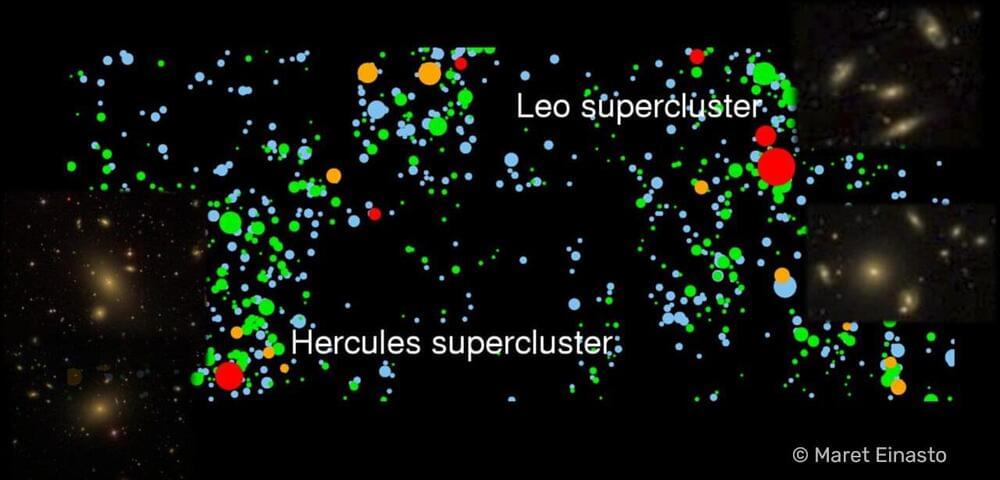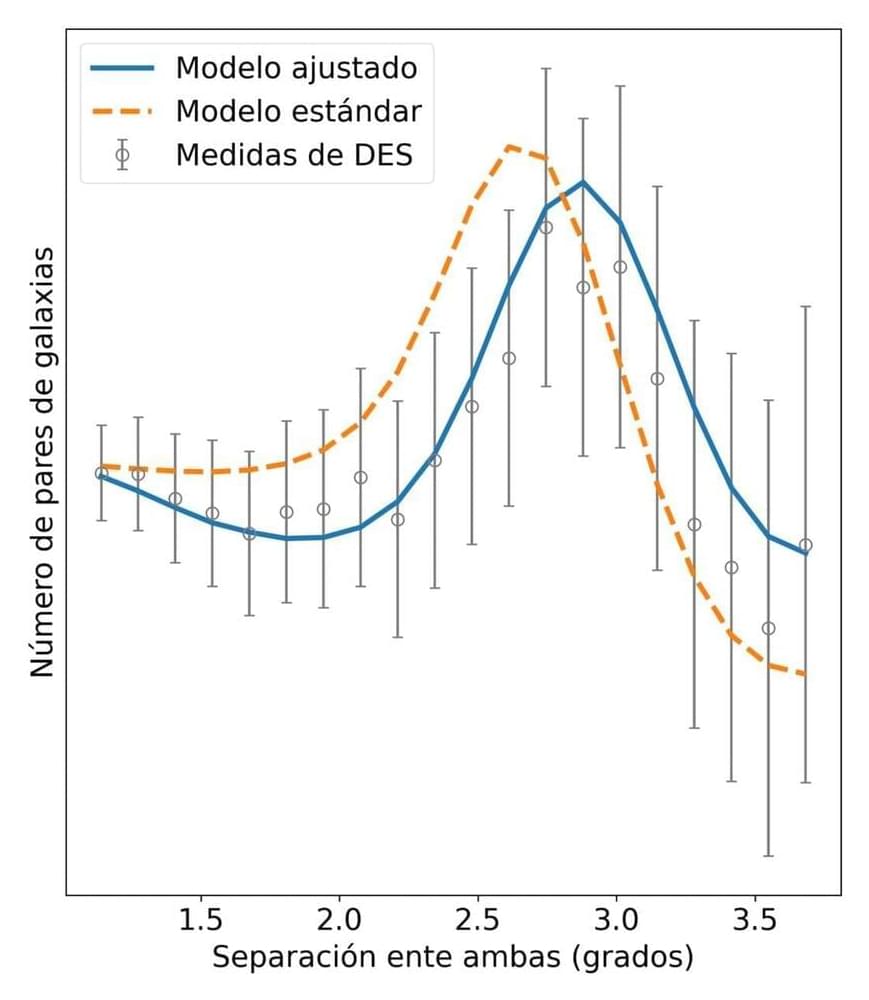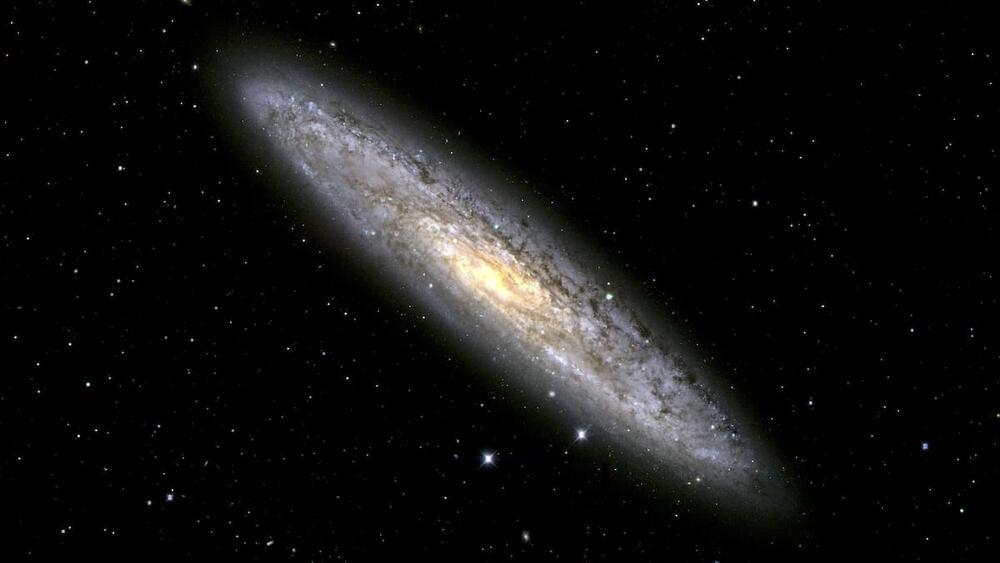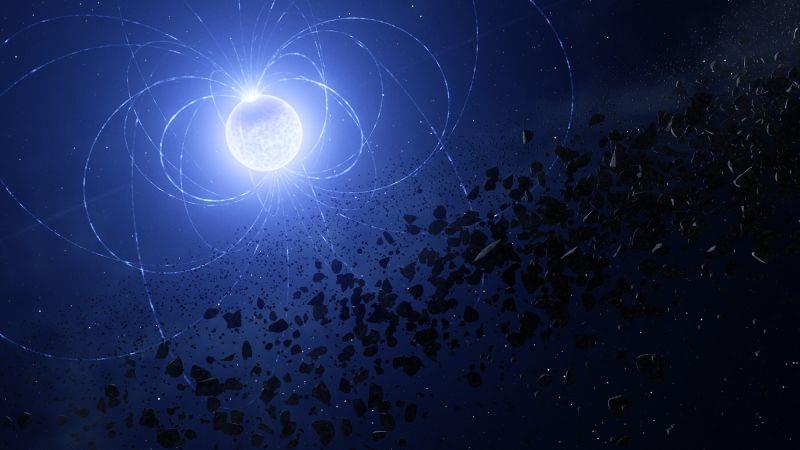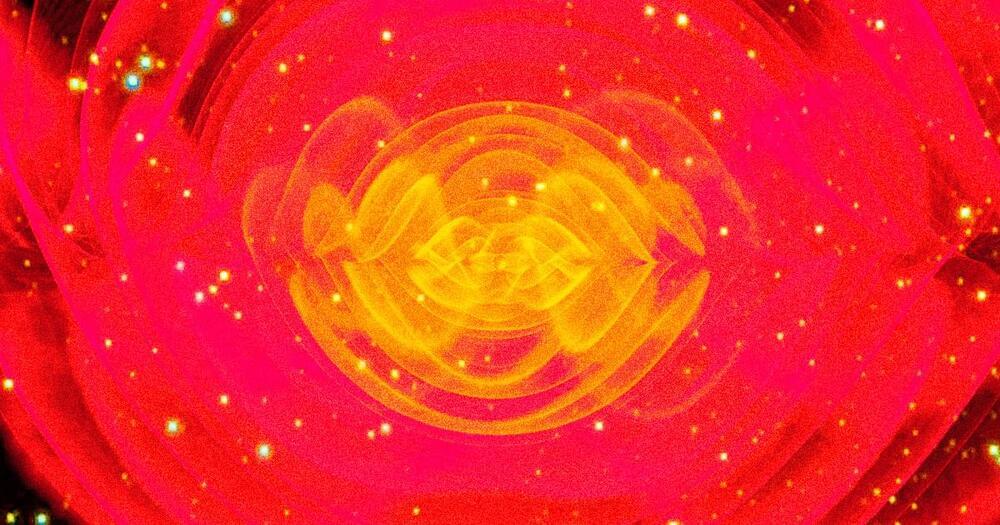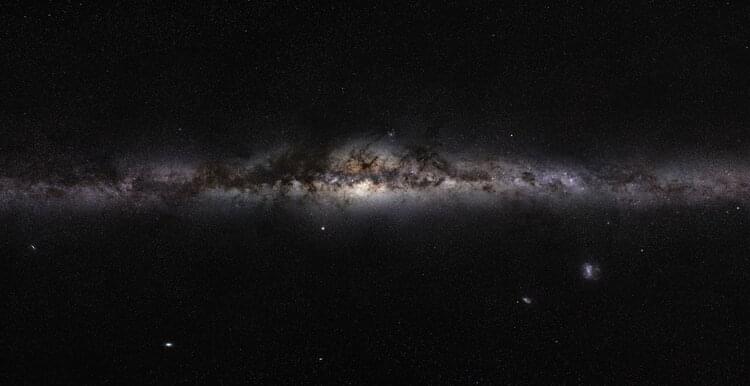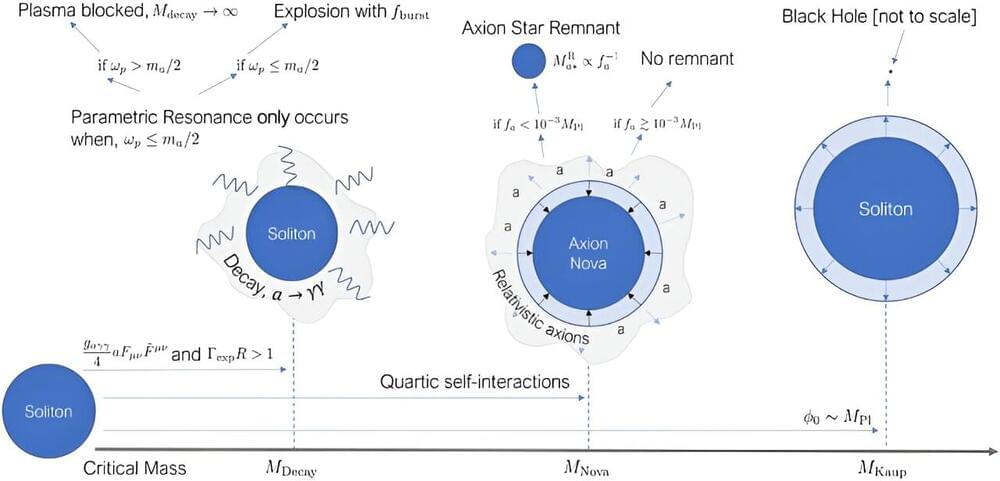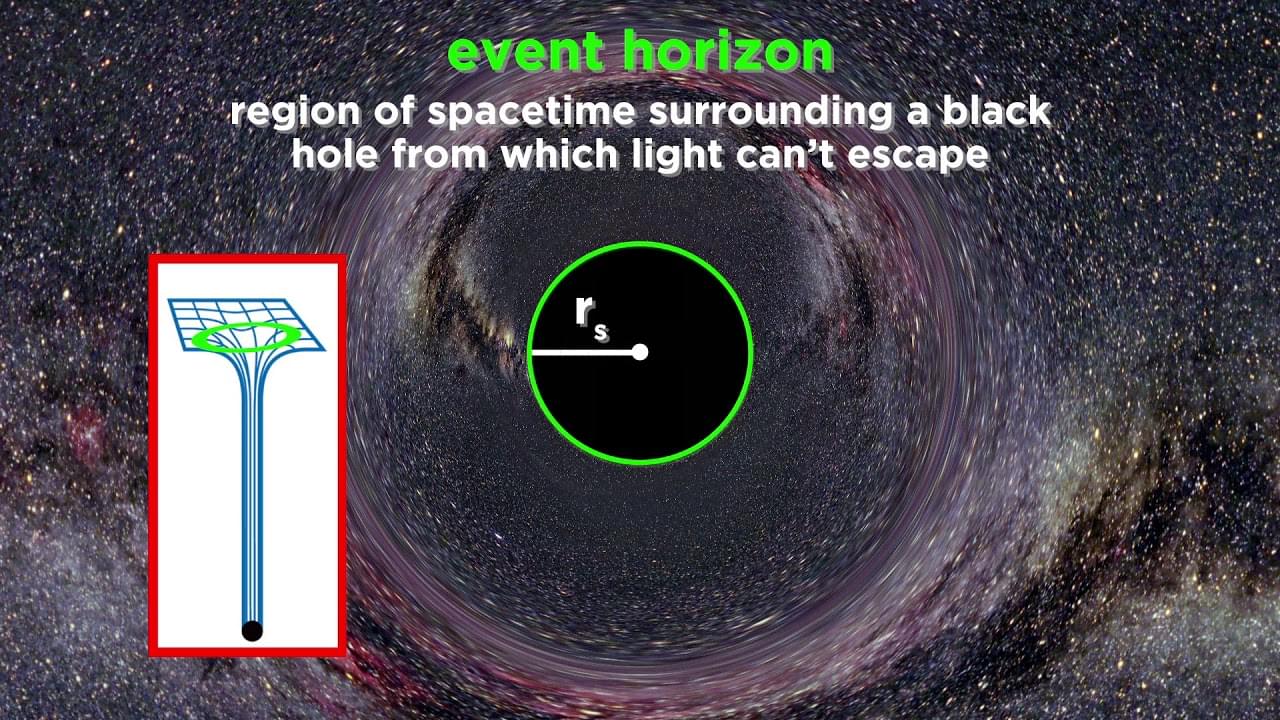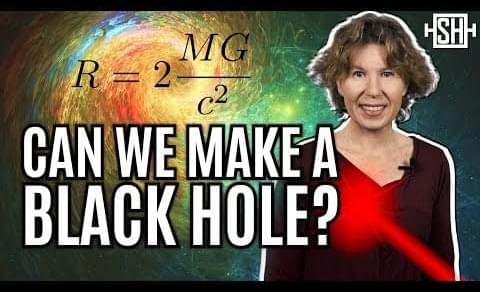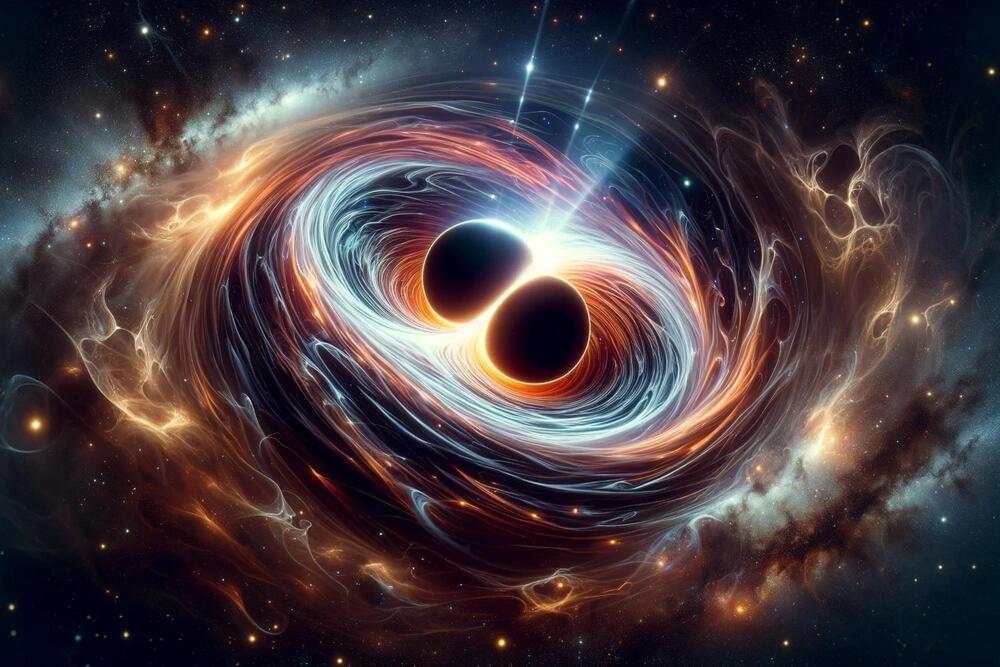Feb 27, 2024
Exploring galaxy groups and clusters and their brightest galaxies within the cosmic web
Posted by Genevieve Klien in category: cosmology
A common belief among astronomers is that galaxy groups and clusters differ mainly in the number of galaxies they contain—there are fewer galaxies in groups and more in clusters. Led by Maret Einasto, astronomers at Tartu Observatory of the University of Tartu decided to look into that and discovered even more differences between groups and clusters.
The structure of the universe can be described as a giant network, a cosmic web, with chains (filaments) of single galaxies and small groups of galaxies connecting rich galaxy groups and clusters that can contain thousands of galaxies. Between galaxy systems, there are giant voids with almost no visible matter (galaxies and gas). Galaxy groups and clusters can, in turn, form even larger systems called superclusters.
In their study, Tartu astronomers used data on galaxy groups, their brightest galaxies (so-called main galaxies), and their surroundings. The aim was to combine these data to see whether it could provide new information about the possible classification of groups of different sizes.
